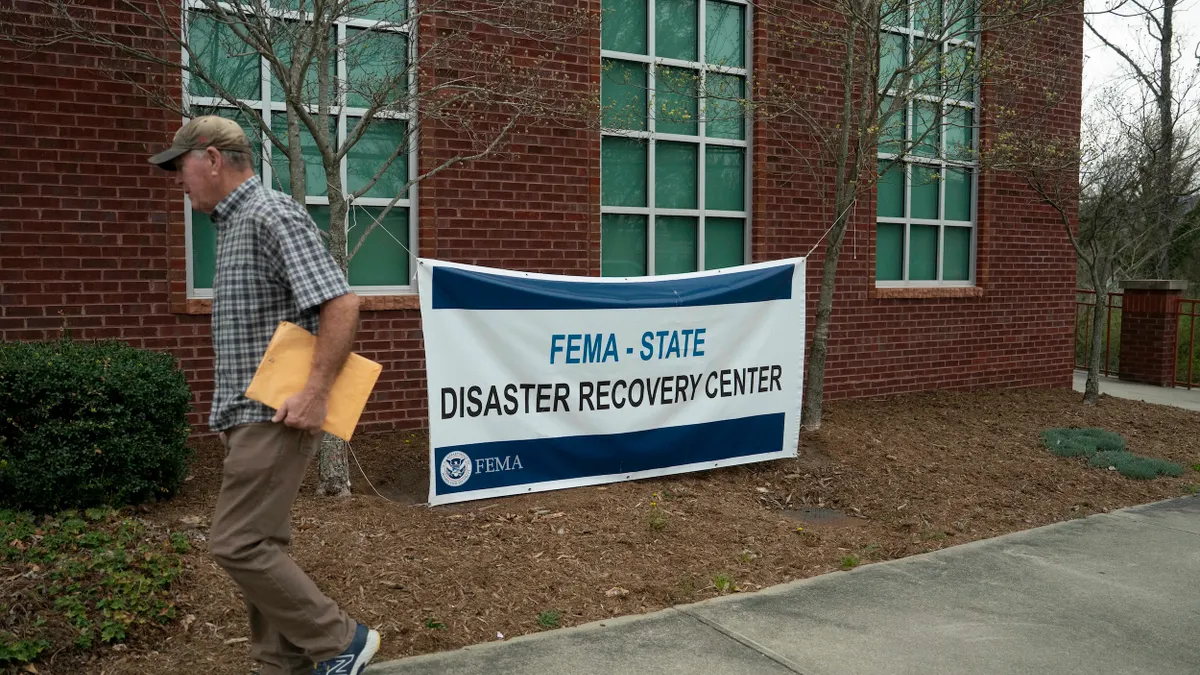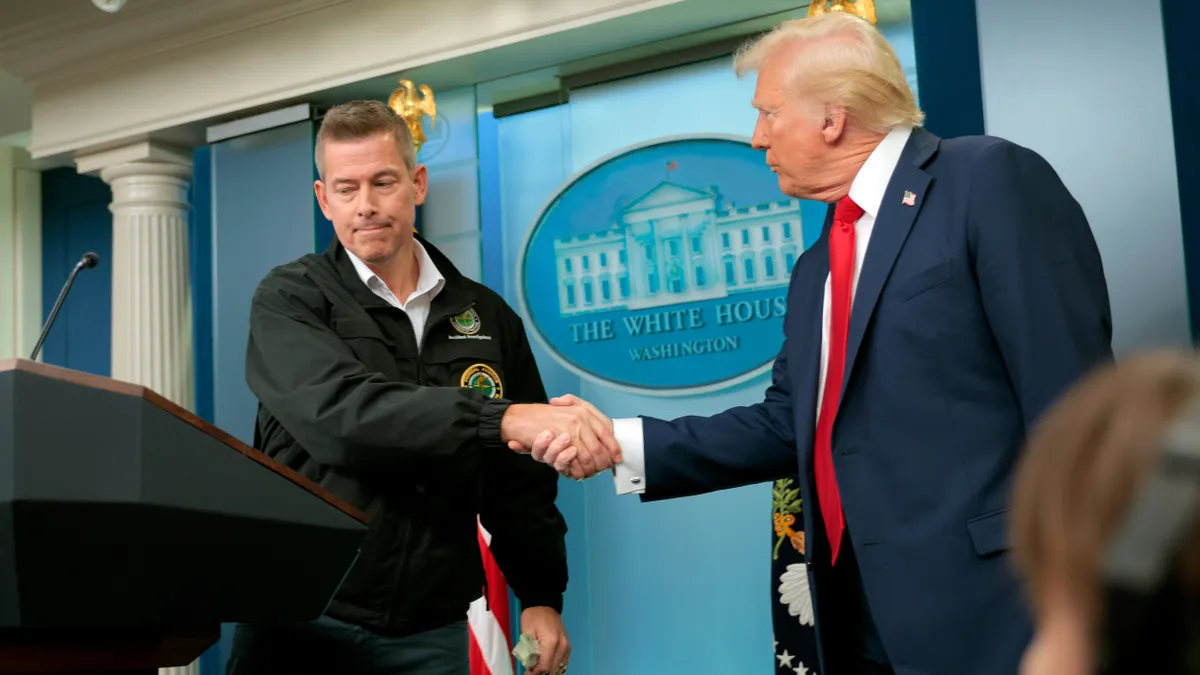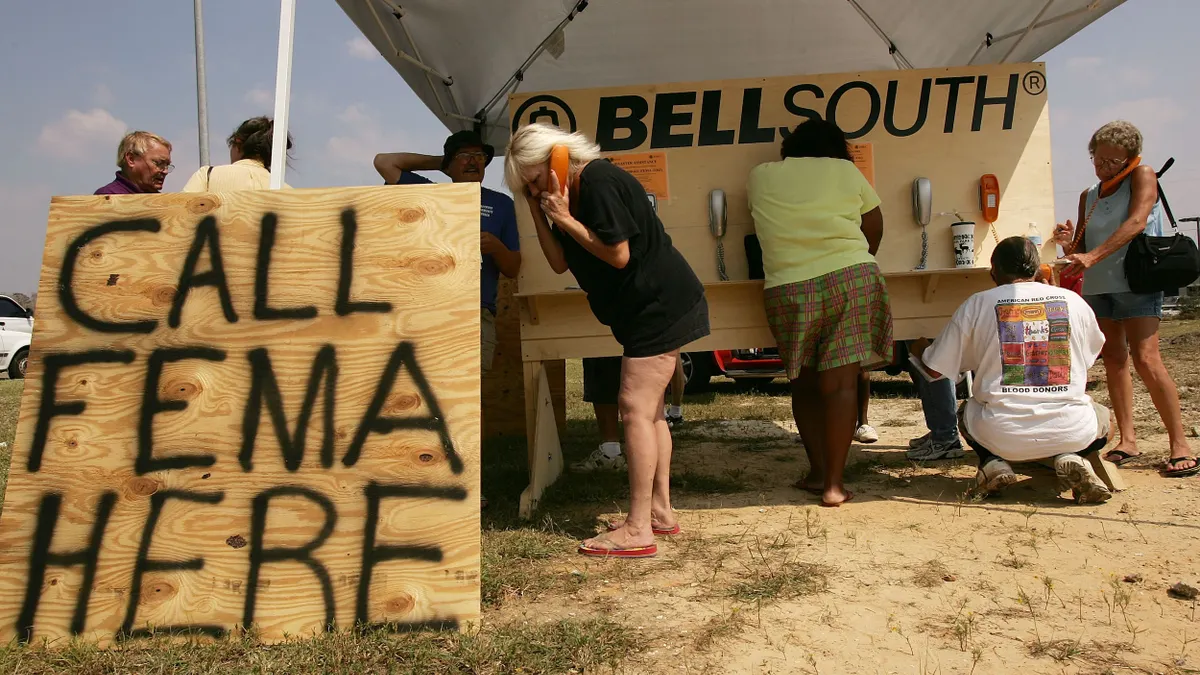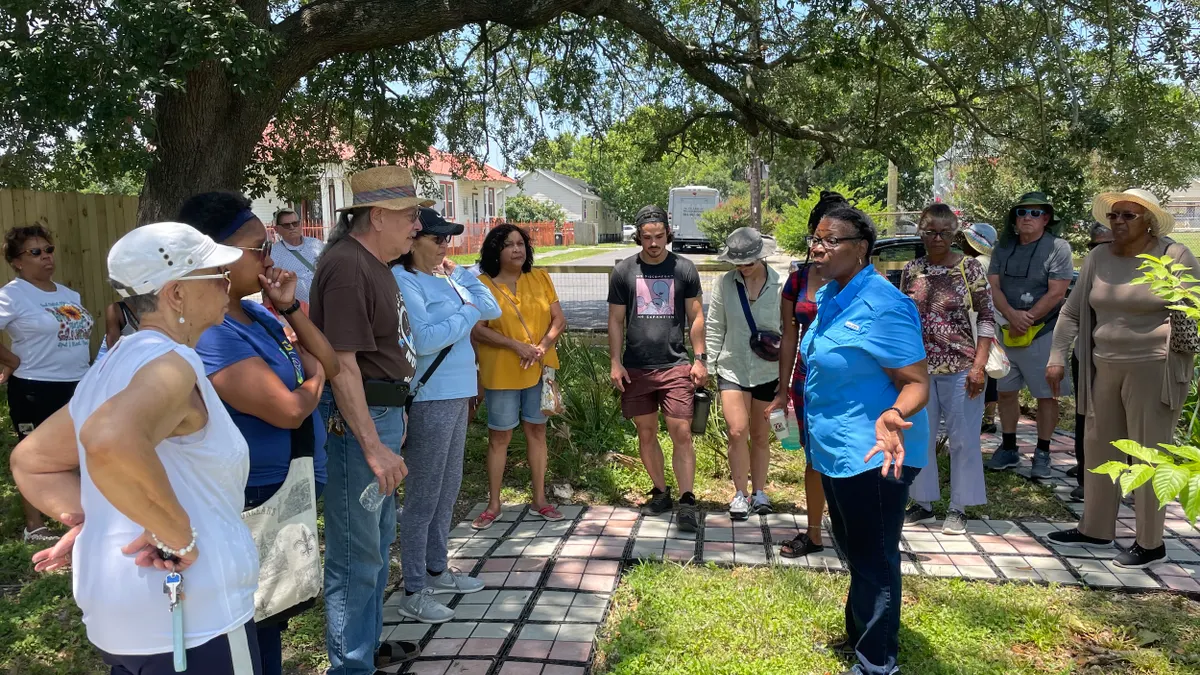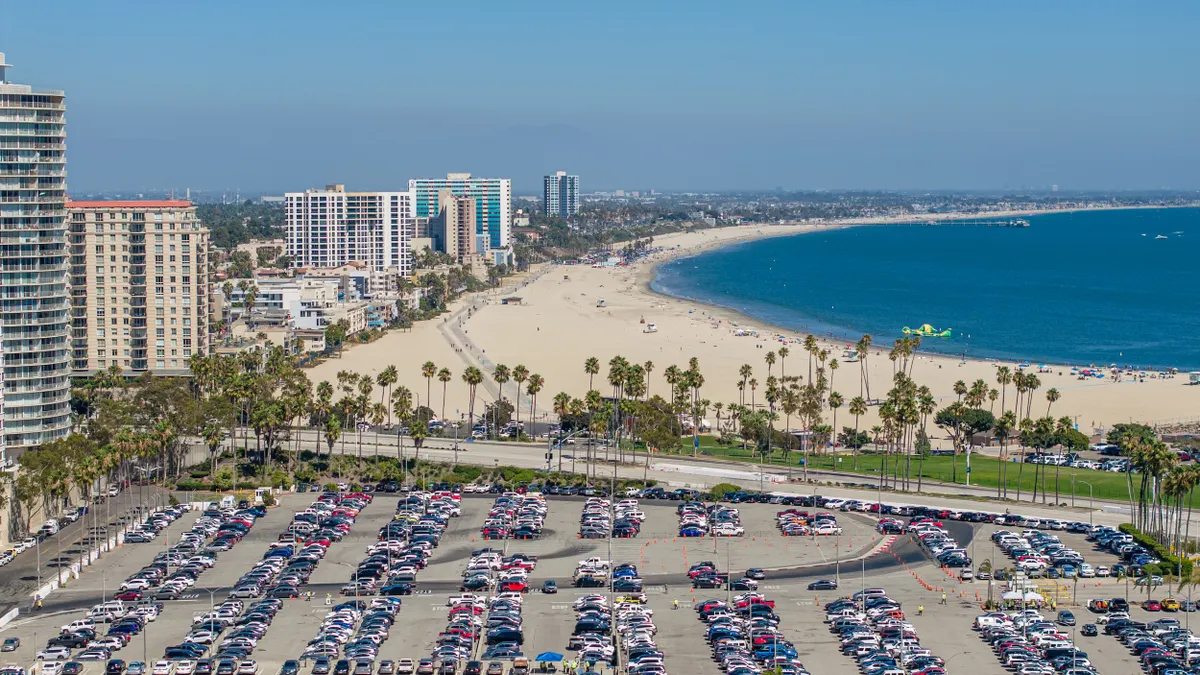With the Trump administration slashing Federal Emergency Management Agency staff and pushing for decentralization, local governments are being forced to take on more responsibility for emergency management. Experts say cities need to prepare now by forging ties with state agencies, neighboring jurisdictions and local businesses and nonprofits.
President Donald Trump, who has called for FEMA’s elimination, signed a March executive order directing state and local governments to take on a greater role in national preparedness and streamline federal preparedness operations. Since he took office, about 2,000 full-time staff members – roughly a third of the full-time workforce – have left the agency. FEMA has also canceled the Building Resilient Infrastructure and Communities program, proposed raising the damage threshold for federally declared disasters and moved to deny major disaster declarations for snowstorms.
“The administration’s cuts to FEMA staff, funding programs, and policies has not only degraded the agency’s capacity, but the capacity of state and local governments as well,” Rob Moore, director of the flooding solutions team at the Natural Resources Defense Council, said in an email. “The loss of federal funding, training programs, and direct assistance from knowledgeable FEMA staff has set back climate resilience and emergency management by a decade or more on the eve of the hurricane and wildfire seasons.”
“The message is pretty clear to state and local governments: the cavalry’s not coming,” said Kathy Fulton, executive director of the American Logistics Aid Network, a nonprofit that provides supply chain assistance during disasters. “They’re the ones who are going to have to figure this out – and really, how are they going to do that?”
According to an Urban Institute analysis, 71% of major disasters from 2008 to 2024 would not have qualified for FEMA funding under the Trump administration’s proposed changes, meaning state and local governments would have been on the hook for about $15 billion.
“For city, county and state officials, there’s a lot of anxiety and uncertainty about what they need to be doing now for the upcoming year, especially given the pressures on those levels of government to maintain a balanced budget over time,” said Sara McTarnaghan, principal research associate for the Urban Institute’s Communities Practice Area.
Build relationships now
Cities should start preparing for FEMA reductions by assessing their state’s ability to step in and help, McTarnaghan said. She pointed to Florida as a state with a “very expansive state-level emergency management capacity” that cities can rely on in much the same way that states have been relying on FEMA. Not all states are as well-resourced, she added.
“For some jurisdictions, it’s going to be a really big challenge, especially if they’re hit with a large event, but other jurisdictions might realize it’s actually feasible within the framework or budget they have,” she said. “But this is where the speed of the changes and the uncertainty for state and local officials is a real challenge.”
Loss of FEMA funding isn’t the only challenge for cities, McTarnaghan said. The agency has also provided “national consistency on emergency response and management.”
All cities should be updating emergency plans, enlisting community engagement and engaging in scenario planning about how to fill the gaps FEMA once filled, McTarnaghan said.
Resources like the Emergency Management Assistance Compact, a federal program that helps states provide other states with personnel, equipment and commodities during governor-declared states of emergency, have become critical, McTarnaghan added.
“This is not a time for an isolationist, protectionist approach, especially from state and local folks,” Fulton said. “States and cities are going to have to be creative, even beyond the contractual terms of EMAC, and think about, who are our friends? Who are the friends who can come from next door to help rather than coming from across the country?”
Emergency managers should take a systems-level view of available community resources, Fulton said. That includes building relationships with disaster-relief nonprofits, local businesses that can offer logistics support like warehouse space or transportation and community-based organizations that may find themselves acting as first responders.
“Understand your community and build those relationships ahead of time,” Fulton said. “I always tell people, just sit down and have coffee with individuals who are invested in the community. When you can get that alignment, it’s going to go so much further than a cold call when something happens.”



